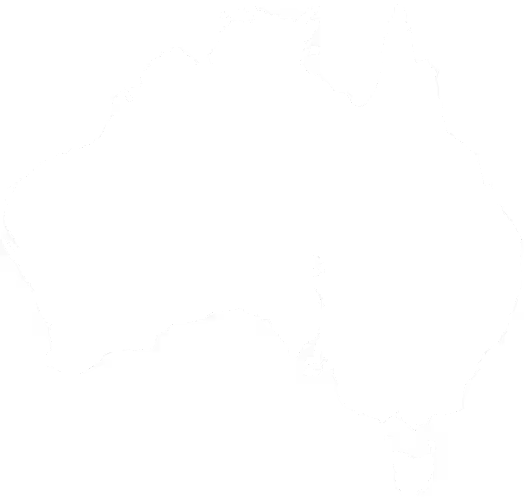



New Zealand mangroves provide important natural habitats that coastal species, such as birds and fish, use for breeding and to hunt for food in. Mangroves help to protect coasts from erosion by reducing the impact of waves and they also store carbon in their tissues, which helps to combat climate change.
In sheltered bays, mangroves have expanded rapidly over the last 50 years particularly in urban catchments and those catchments with high sediment inputs. In Auckland, mangrove removal has been undertaken in coastal urban sites to improve public access to the coast, enhance view shafts and for the construction of walkways. Ideally, mangrove removal projects strike a balance between retaining important ecosystem function and services while allowing for recreational use of the coastal environment.
To achieve these outcomes, general priority zones for managing mangrove expansion in Hobson Bay were mapped with consideration of mangrove colonisation history, coastal processes, and ecological values of the area. Five priority zone areas were identified with mangrove forest closet to the land being not suitable for removal and the outward boundary as most suitable to undertake mangrove removal. A combination of mature plant and seedling removal is proposed using a stage approach with extensive monitoring and adaptive management plans, and using best practice methods of removal.






